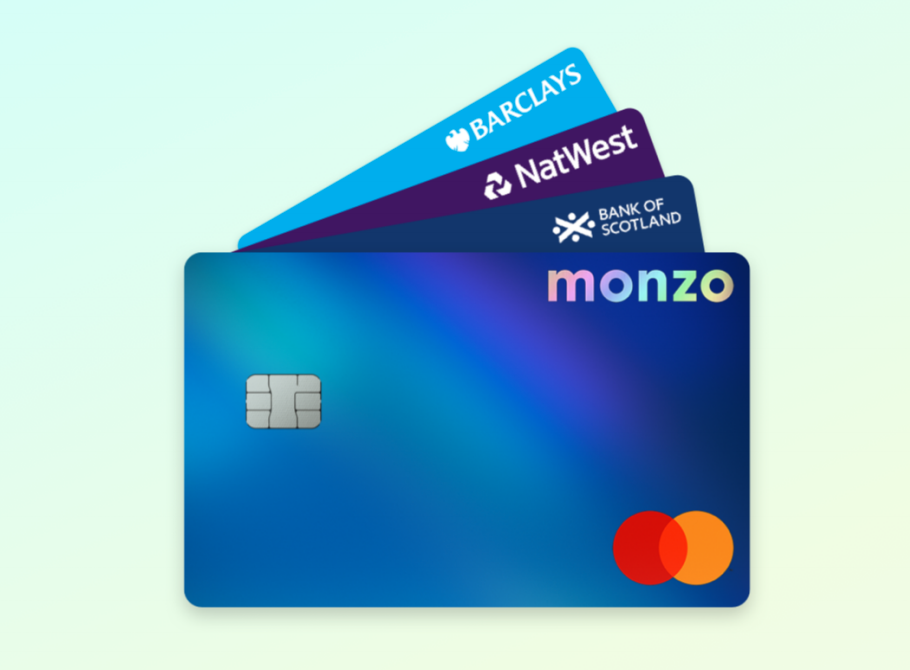Digital bank Monzo launched its new Premium package today, offering phone and travel insurance on top of features like account aggregation for £15 a month.
This is Monzo's second subscription launch this year and forms part of its effort to increase revenues and cover deep losses recorded in 2019.
But the company is not sparing any expense when it comes to producing its glitzy new Premium card, which costs £50 a pop to make, according to chief product officer Mike Hudack.
"It's really beautiful," Hudack explained in an interview with Sifted, praising the card's white matte metal finish.
To cover the production cost, users who opt in for a card will be locked into Premium membership for six months. Meanwhile, Premium members who don't want a white metal card can cancel their subscription at any time.
Still, it's a reminder that fintech premium offerings can come with steep upfront costs for the most part, and glitzy add-ons can bite into revenues.
Insiders at Revolut say its own metal card costs around £40 to produce, while an investor at Curve said its card had a £37 production cost (thanks to a US-based manufacturer).
With Monzo's card sitting on the more expensive side, it's unlikely to be hitting the 80% profit margin that experts say is optimal for digital products.
Hudack declined to comment on whether Monzo Premium had better unit economics than the Monzo Plus tier, which launched in the summer and is priced at £5 a month (minus the insurance perks or a metal card).
However, he noted that there were more costs involved in the Premium package, as reflected in the higher price point.
Monzo now has three tiers — free, Plus, and Premium.
- To learn more about Monzo's Mike Hudack, check out our Q&A with him here
A fresh start?
For what it's worth, Monzo's Premium package is reasonably attractive.
Gimmicks aside, the best part is that users could save up to £80 a year on insurance, according to third-party analysis, with coverage provided by Assurant and AXA. This includes travel coverage inside the UK, and covers users in the event of covid-related cancellations.
In this sense, it makes more financial sense than Plus membership, which comes at an overall cost to users — priced at £60/year but without the insurance savings. If nothing else, this could prompt the Premium tier to outperform Plus, despite the higher upfront price point.
Metal cards are macho bullshit
Nonetheless, Monzo's new offering looks oddly similar to what German digital bank N26 briefly offered in the UK for £14.90 per month — which had relatively little success.
N26's “Metal” card also caused a headache after regulators suspected the company had unintentionally mis-sold travel insurance, as uncovered by Sifted earlier this year.
N26 was forced to refund a number of users, due to UK regulation and ‘customer best interest’ rules which state that consumers must be eligible for the insurance they are being sold (putting the onus on the sellers of insurance to gather information from customers).
Other fintech peers have struggled to attract the masses too.
Indeed, only around 5% of Revolut’s total customer base pay a monthly fee for its pay-to-use products, according to analysts at Global Web Index.
Meanwhile, sources close to Curve have confirmed that only a fragment of its users pay for a Premium card — which focuses on travel perks — while Tandem recently scrapped its fee-based credit card amid low demand.
“Charging money in a competitive market makes people move on to the next fintech promising the world,” said Paul Clark, former CTO at Tandem, earlier this year.
This suggests that premium services are — at best — a revenue boost for fintechs, rather than radically moving the needle.
Buying into the metal card hype
The metal card trend in fintech was first triggered in the UK by N26 in 2018, and has since been replicated by everyone from Revolut to Apple.
Monzo's users have been demanding a metal card for years and — fortunately for them — the company has finally surrendered to the online cacophony.
But some commentators say metal cards have an inherently masculine feel, and miss the underlying point of fintech.
"Metal cards are macho bullshit," Max Tatton-Brown, a former journalist and now managing director of Augur Communications, told Techworld.
Not everyone agrees, but the data is telling; Revolut's average user is a male, urban and professional.
There's also a sizeable price tag that comes with owning a metal card: it costs consumers between £40-50 to replace, meaning metal card holders effectively carry around a small piece of gold in their wallets.
A Monzo spokesperson confirmed that users will have to pay the full £50 to replace a Premium card if lost (although they added the company will consider free replacements for theft).
Still, this strange boutique feel may be part of Monzo's strategy here.
Metal cards are more popular than plastic ones among the 'affluent' classes, according to a study by card manufacturer CompoSecure, and Monzo has long struggled with a smaller deposit base per user than Revolut and Starling.
At the very least, Monzo may be able to attract a wealthier clientele with a swanky white card than it did with its signature hot coral card.
Let's hope cards that cost £50 to produce will sway them.


